:quality(85)/cloudfront-us-east-1.images.arcpublishing.com/infobae/6DE5IPWJYRFDFFUNNMB33M4WIA.jpg 420w)
Today Italy celebrates Liberation Day, which commemorates the end of the Nazi occupation of the country and celebrates the Resistance of the partisans who armed and fought against Hitler's invaders and his fascist collaborators.
A Resistance that had the decisive participation of thousands of women.
According to data from ANPI (Italian National Association of Partisans), 35,000 women were part of the combat formations, another 20,000 had support roles and 70,000 joined the Women's Defence Groups, partisan organizations pioneering Italian feminism. 683 were shot or killed in combat; 1,750 were injured; 4,633 were arrested, tortured and convicted by fascist courts; 1,890 were deported to Germany. For their heroism and participation in key resistance events, 16 received the Gold Medal for Military Valor, the highest decoration, and 17 others received the silver medal.
However, there is little mention of their participation in the history books. In a deeply macho society, which still did not accept the role of women outside traditional stereotypes, the names of the most prominent Italian partisans fell into oblivion despite the fact that, after the war, many of them held important positions in national politics.
“For many years, female participation was relegated above all to a completely secondary and accessory role to the 'fundamental' role played by men,” wrote Santo Peli, professor of contemporary history at the University of Padua, one of the leading experts on the Resistance.
Thus, the names, faces and stories of these women are still little known today.
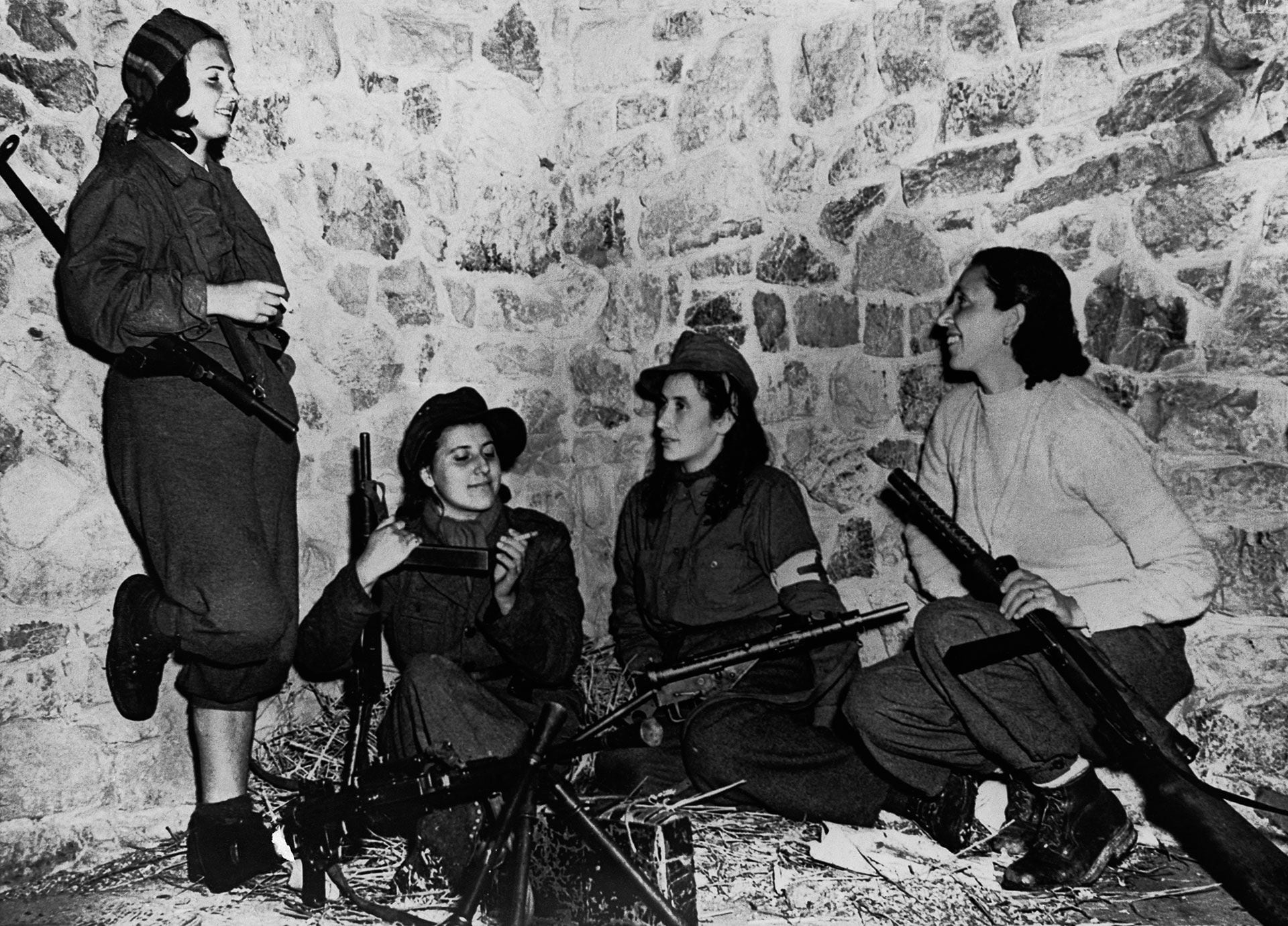
Help the guerrillas and combat on the frontline
Women's participation in the Resistance developed in two ways. In the first place, it was they who assumed much of the clandestine organization of the movement. They were responsible for the communication network, welcomed the guerrillas, concealed them and provided them with sustenance. It was the civil resistance of women.
Others, on the other hand, fought in the guerrilla war against the fascist forces of the Republic of Saló, a puppet state of Nazi Germany, and Hitler's occupation troops. They hid in the mountains of the center and north of the country. There they grouped together to launch themselves by surprise against certain objectives.
Moving to the resistance was a difficult decision to make. It implied a radical change of life. It was going into hiding and abandoning the previous life. It had to be left to family, work, home. From that moment on, they also went on to use a nickname, a war name.
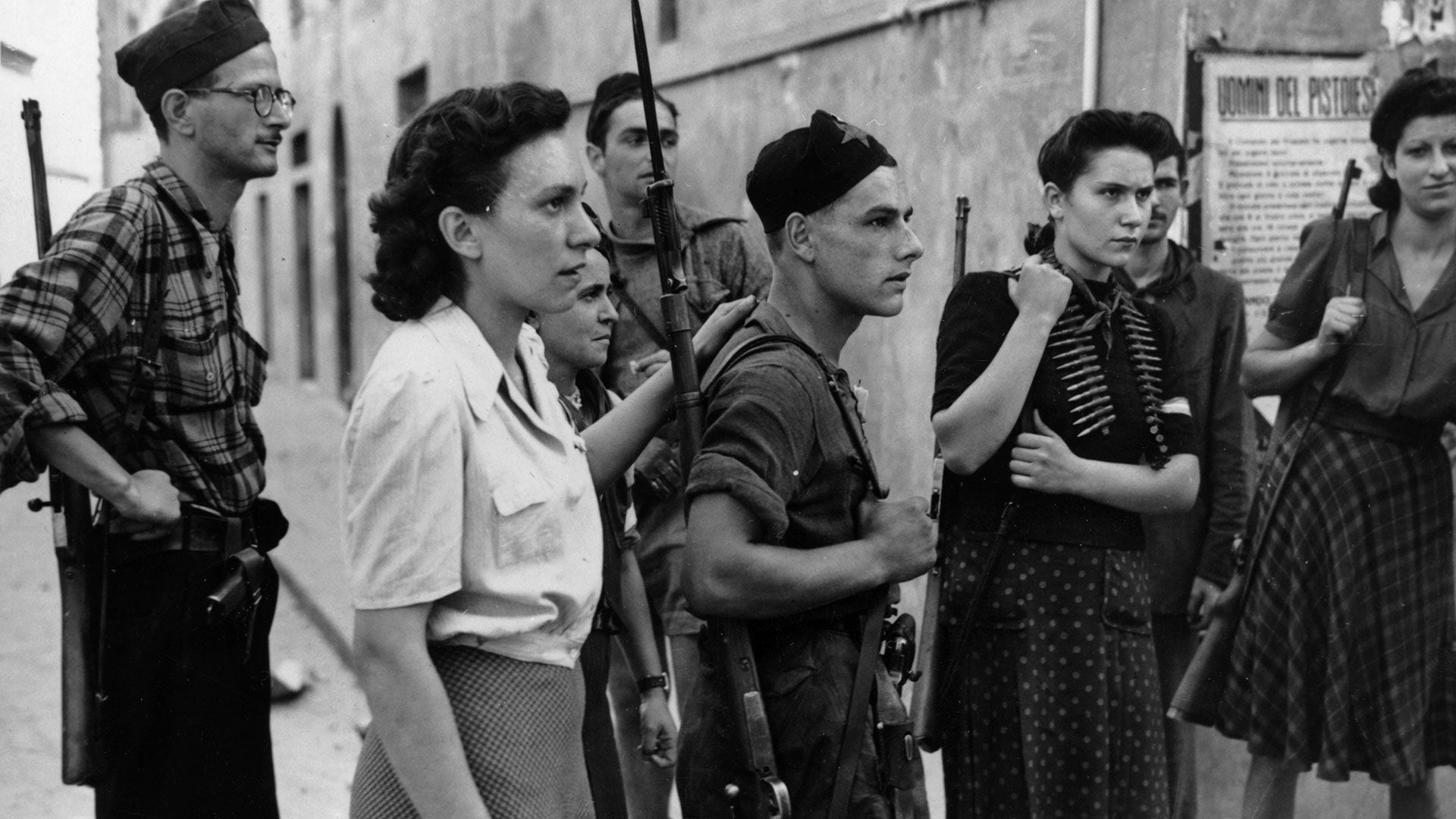
The most common task for women combatants was the staffetta (literally: the relay). They carried or withdrew weapons and sent messages between the various fighting groups. They were women, in most cases very young, who knew the territory perfectly and moved on foot or by bicycle. The risks they faced were very high.
Heroines of the Resistance
The best known partisan, especially for the significance of her political career after the war, was perhaps Tina Anselmi.
Anselmi had seen his father persecuted by Italian fascists for defending his socialist ideas. At the age of 17, she was forced by Nazi SS troops to contemplate with a group of students the hanging of some thirty young partisans. That experience led him to join the Resistance under the name “Gabriella” war.
In 1944 he joined the Christian Democracy Party and at the end of the war he enrolled at the Catholic University of Milan. At the end of her studies, she worked as a primary school teacher and combined her work in the education sector with positions of responsibility in Christian unions. From then on she developed an intense political career that led her in 1976 to become the first Italian woman to be appointed minister, taking over the portfolio of Labor. Two years later he held the Health Office and in 1981 he chaired the commission that investigated the plot of the Masonic Lodge Propaganda Due (P2), a corruption scandal that shook the country.
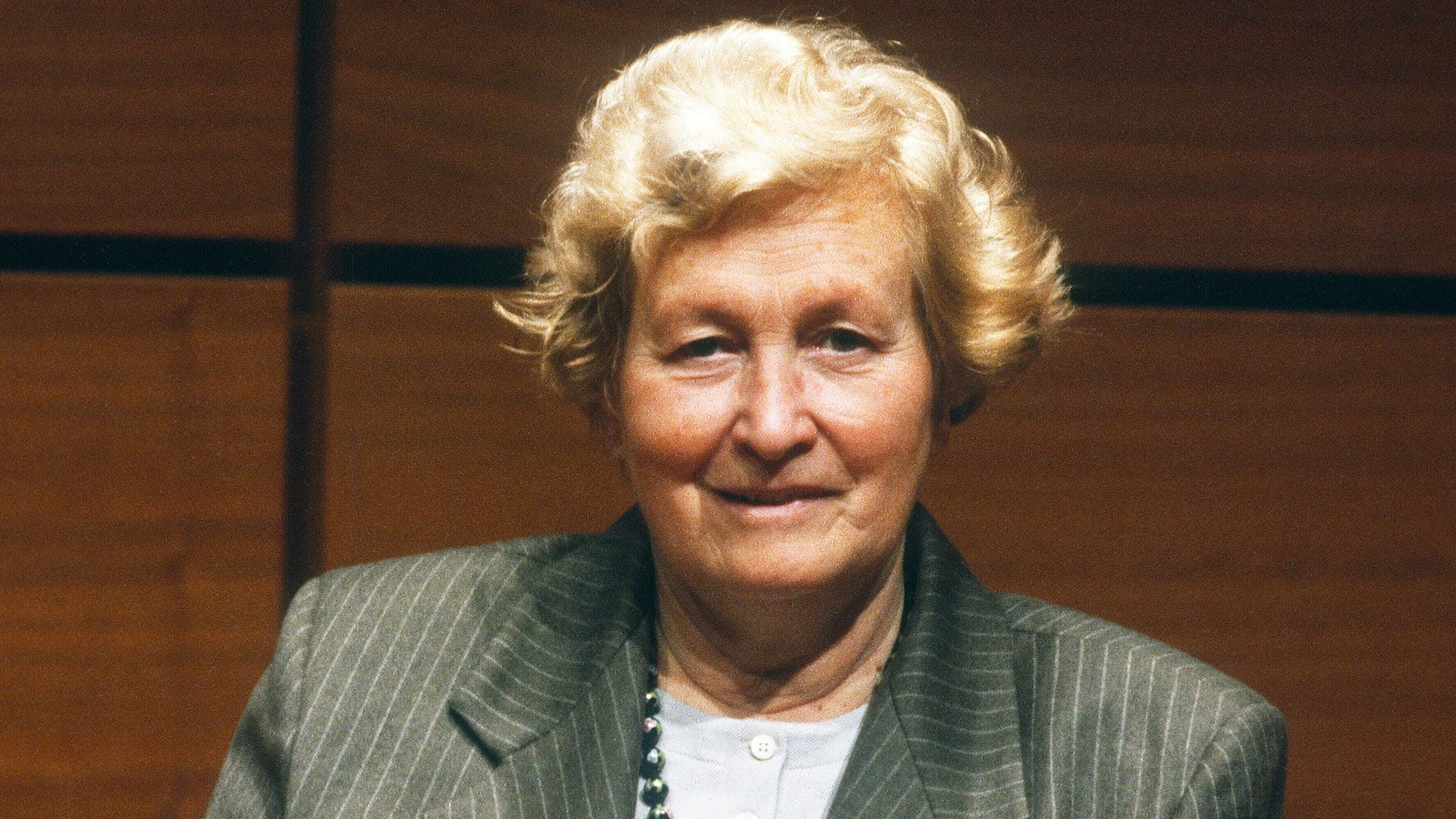
Carla Capponi was another partisan who played a prominent role in the armed struggle.
Called “la inglesita”, she was originally from Rome and joined the Italian Communist Party (PCI) when German troops occupied Italy after the armistice with the Allies on September 8, 1943. One of her classmates described her as a “young blonde who goes out at night to kill enemies”. She was always armed and believed to have participated in a dozen operations.
In one of them, he killed a German officer carrying documents with plans for the defense of the city. This is what she said in a letter:
“It was a traumatic experience. I was about to call him, so he could turn around... but I knew he was armed. It seemed impossible that given my peaceful way of being, contrary to all forms of violence, I would take a gun, point it at it and shoot it in the back. I took his briefcase. I was in shock... I started running down the street even holding the gun... It was raining and tears ran down my face... After the initial shock, and especially because our comrades were being arrested and tortured, all our scruples were replaced by a firm determination to fight for our cause.”
Capponi quickly rose to the rank of deputy commander of a GAP unit and participated in the attack on Rasella Street on March 23, 1944, which killed 33 Nazi SS soldiers marching through Rome. This action provoked the anger of Hitler, who ordered as retaliation what is known as the Ardeatine Pits Massacre, in which 335 Italian civilians were killed.
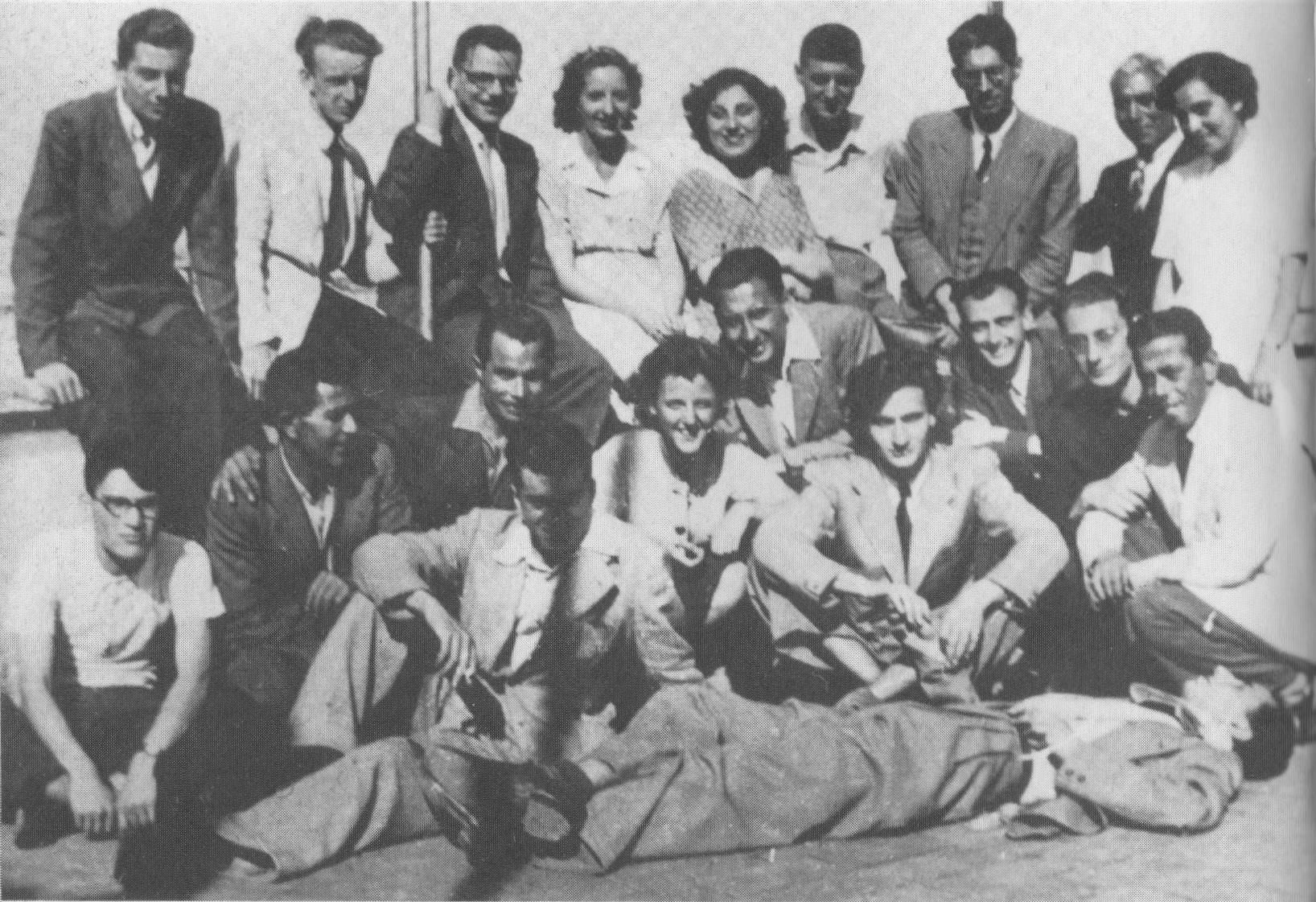
Awarded the Gold Medal for Military Valor, in 1953 Carla Capponi was elected deputy by the Italian Communist Party (PCI) for two legislative terms and served on the executive committee of the National Association of Italian Partisans until her death in 2000.
Another famous fighter was Teresa Noce. Born into a family of limited resources, Noce was a member of the Italian Communist Party from a young age. Persecuted by Mussolini's regime, she went into exile in Paris with her husband Luigi Longo, who decades later would become the leader of the Italian PCI. From there he made numerous clandestine trips to Italy to organize the anti-fascist opposition movement. At the outbreak of the Spanish Civil War, the couple joined the International Brigades, where she developed intense propaganda work under the name “Estela” war.
At the beginning of World War II, Noce was arrested by the French authorities and transferred to a concentration camp that housed foreigners considered undesirable. The mediation of the Soviet authorities allowed her to be released and in Marseilles she joined one of the groups that were part of the French Resistance.
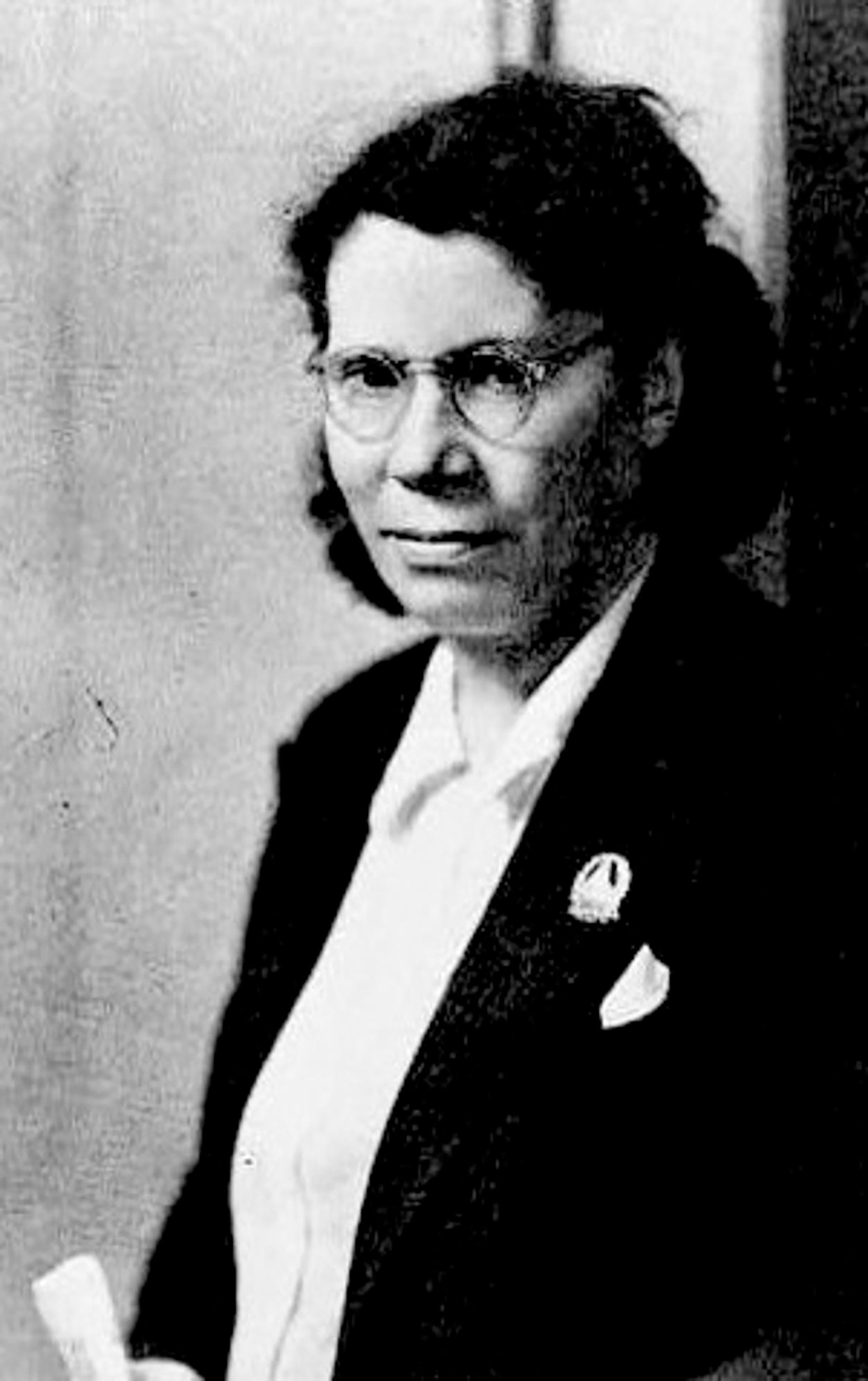
At the beginning of 1943, Noce was arrested during a mission to Paris. Imprisoned by the Germans, the Gestapo agents failed to discover the true importance of the detainee, which saved her from certain death. Even so, she was sent first to the Ravensbrück concentration camp and then to Holleischen.
But she survived and in 1946 she was one of 21 women elected to occupy a seat in the Italian Constituent Assembly and participated in the Commission that drafted the country's new Constitution.
Teresa Mattei showed her opposition to fascism from a young age. He was still in school when he challenged academic authorities by refusing to attend school in protest of Mussolini's infamous “racial laws”, which prohibited Jewish students from attending schools. His rebellion cost him his expulsion. A member of the PCI since 1942, she joined the partisan resistance a year later. In February of the following year, his brother Gianfranco committed suicide in a Roman prison cell before being tortured to reveal the names of his fellow resistance members. His brother's sacrifice always inspired his struggle.
Under the name “Chicci” war, Teresa Mattei was very active in the clandestine groups operating in the city of Florence. On April 15, 1944, she planned with her husband the deadly attack on the philosopher Giovanni Gentile, a prominent fascist minister and ideologue who Teresa knew personally as her disciple at the University of Florence.
After the war, she was 25 years old when she was elected a deputy of the Constituent Assembly. Like Teresa Noce, she participated in the Commission that drafted the new Magna Carta.
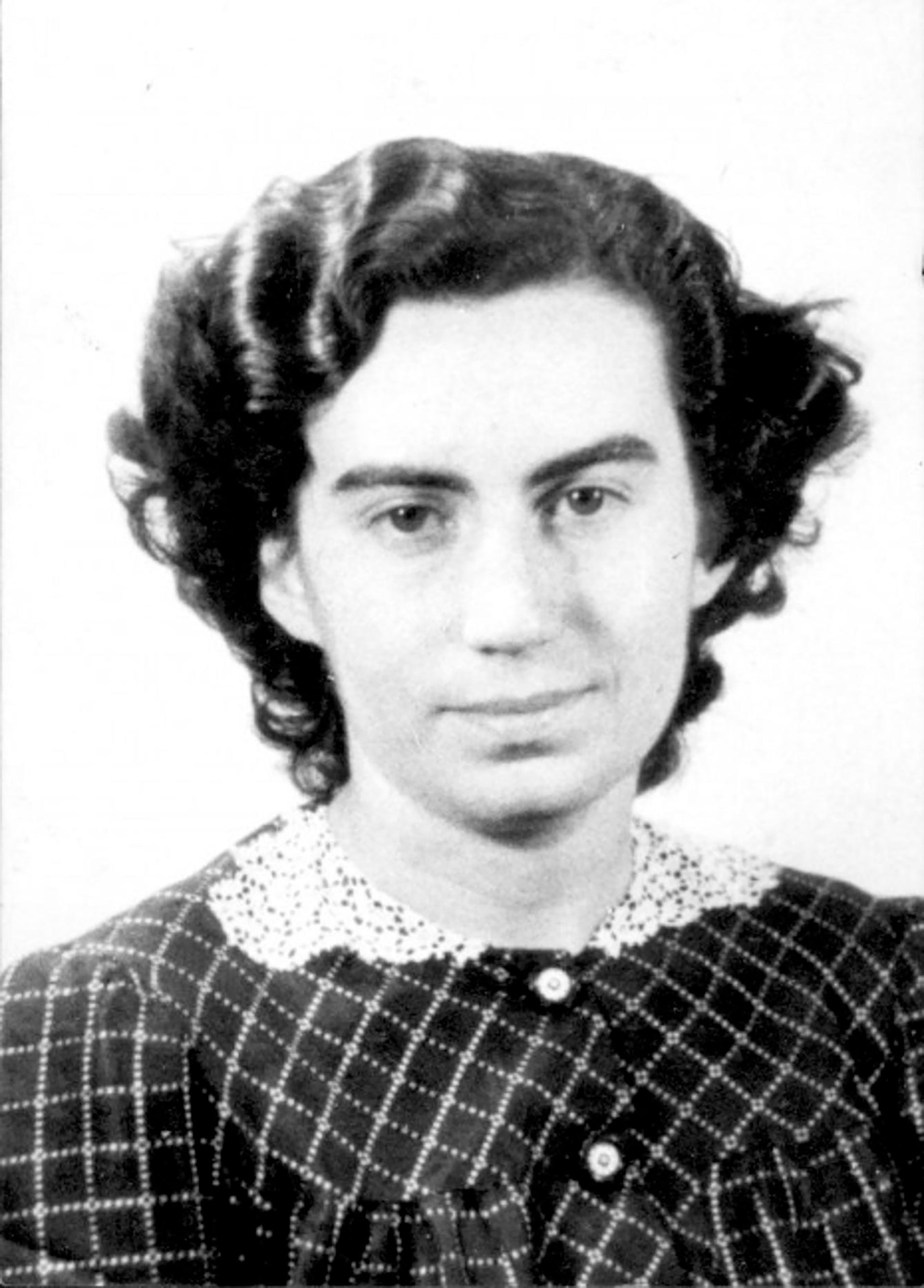
On the other hand, there were many partisans who did not survive the war against the Nazifascists: 683 were shot or killed in combat, according to ANPI data.
Gina Galeotti was one of them. At the age of 16 he joined the anti-fascist movement and in 1943 he actively participated in the call for several strikes in protest against the war. Arrested and tortured for her political activism, she was released after the signing of the armistice in 1943. Leader of the provincial committee of the Milan Women's Defense Group, she was assassinated on April 24, 1945, the day before the city was liberated.
That afternoon I went by bicycle to the hospital in the working class quarter of Niguarda, one of the centers of resistance against fascism in Milan. She was pedaling with her friend Stellina Vecchio, with whom she would attend to the injured partisans. Hidden under their coat they carried leaflets to hand out to their companions announcing the uprising to liberate Milan the next day.
It was 15:30 when the two women arrived in front of a building surrounded by German troops and a group of Italian fascists. As they passed by, a vehicle of the occupying troops fired its machine gun at the concentrated civilians. One of the bullets fatally hit Gina. She was eight months pregnant.
In his homage, a colorful mural recalls his name on the walls of the Niguarda neighborhood.
In 2014, a bill was also introduced to declare April 24, the date of her assassination, National Day of Women in Resistance. The proposal was never approved.
Keep reading:
